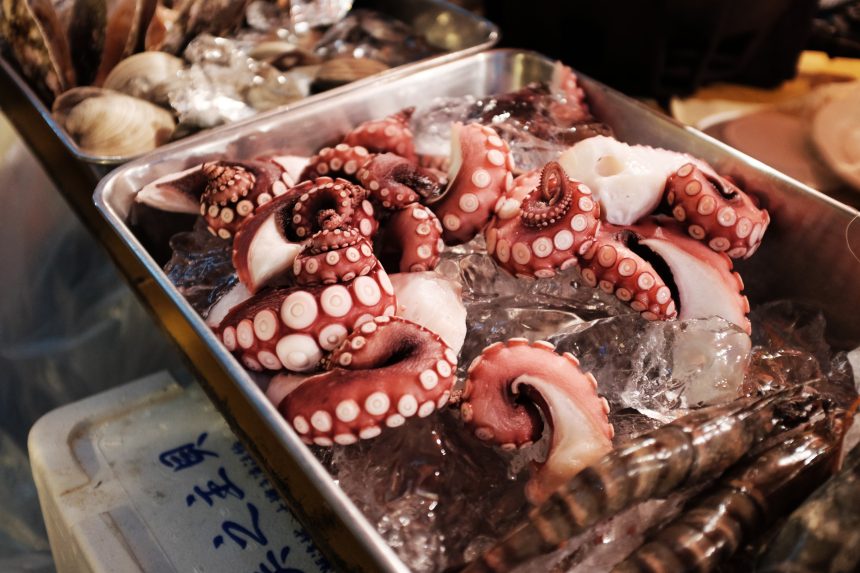Ban Lifted on Most Regions, But Restrictions Continue
China’s General Administration of Customs announced on June 29, 2025, that it is resuming seafood imports from most Japanese prefectures after nearly two years of a blanket ban prompted by concerns over radioactive wastewater from Fukushima. However, the restrictions remain in place for seafood from 10 key prefectures—including Fukushima, Tokyo, and others near the nuclear plant—indefinitely.
Strict Safety Measures Enforced
Approved Japanese seafood shipments must now undergo several safety protocols:
- Issuance of health certificates, radioactive detection qualifications, and production area certificates by Japanese authorities.
- Mandatory registration of processing facilities with Chinese customs.
- Ongoing independent Chinese and international sampling and lab monitoring, which have detected no abnormalities.
Diplomatic Win for Tokyo
The move marks the culmination of a years-long diplomatic effort to repair strained ties. Talks held in May between Chinese and Japanese officials, alongside assurances from the International Atomic Energy Agency, paved the way for resumption. Japan’s Agriculture Minister Shinjiro Koizumi hailed the agreement as “a major milestone,” signaling broader diplomatic cooperation.
Economic Implications for Japan’s Seafood Industry
China was once the biggest market for Japanese seafood, accounting for roughly one-fifth of exports before the ban. The embargo heavily impacted shellfish and fishery businesses, which had sought alternative markets and received government relief. Restarting access to Chinese consumers offers a vital economic lifeline.
What Comes Next?
- Exporters must complete re-registration, with customs clearance contingent on paperwork and certification.
- China’s monitoring efforts will continue, and shipments will be halted if safety violations occur.
- Japan aims to extend resumption gradually, pushing for inclusion of currently excluded prefectures as safety confidence grows.
China’s partial easing of the ban demonstrates cautious diplomatic rapprochement following tensions over Fukushima wastewater, balancing trade resurgence with ongoing safety vigilance. For Japan’s seafood industry, it offers a critical foothold in a market that was once lost but is now reopening under strict oversight.










